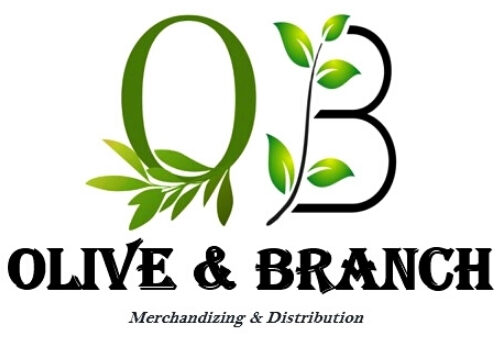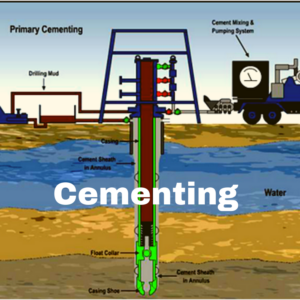Superplasticizer
For concrete applications, water reducers are classified broadly into two categories: normal water reducers, and high-range water reducers. The normal water reducers are also called plasticizers, while the high-range water reducers are called superplasticizers. Sodium and calcium lignosulfonate salts are an example of plasticizers, and sulfonated naphthalene formaldehyde (SNF), and polycarboxylic ether (PCE) are examples of superplasticizers. Superplasticizers are much more efficient and can allow for reduced water contents of 30% or more without the side effect of excessive set retardation. By varying the dosage rate and the amount of mixing water, a superplasticizer admixture can be used to produce (1) concrete of normal workability at a lower water-cement ratio, (2) highly flowable, nearly self-leveling concrete at the same or lower water-cement ratio, and (3) a combination of 1 and 2, that is, concrete of moderately increased workability with a reduction in the water-cement ratio.
When used for the purpose of producing flowing concrete, superplasticizers facilitate both concrete placement and consolidation. Superplasticizer admixtures should meet the requirements of ASTM C494 for classification as Type F, HRWR, or Type G, HRWR and retarding admixtures. When used to produce flowing concrete, they should also meet the requirements of ASTM C1017, “Standard Specification for Chemical Admixtures for Use in Producing Flowing Concrete,” Type 1, plasticizing, or Type 2, plasticizing and retarding admixtures.
Olive & Branch M&D offers a high molecular weight polynaphthalene sulfonate, sodium salt, that is a highly effective Superplasticizer. Visit our product page below to learn more about this product.


